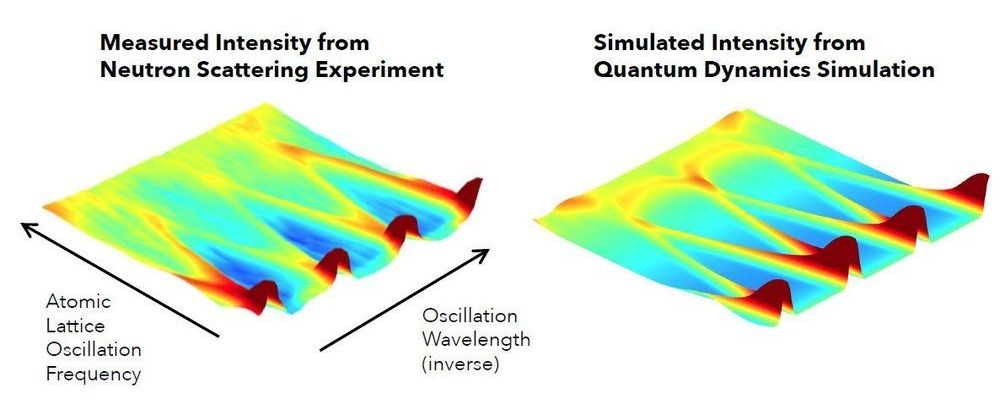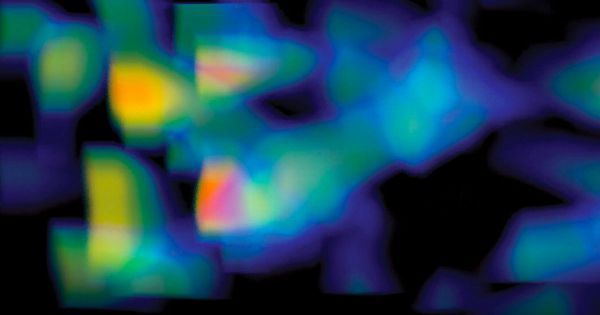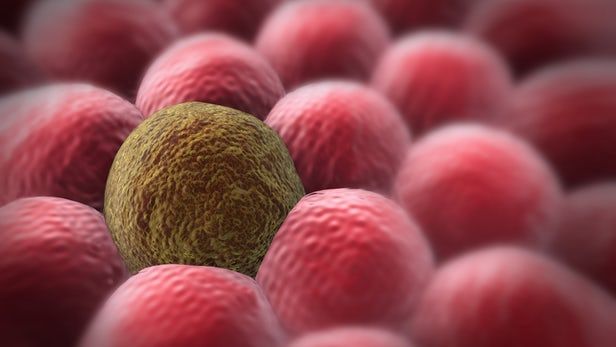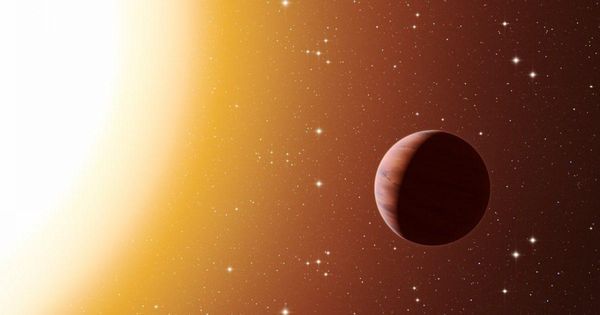Feb 13, 2019
The atomic dynamics of rare everlasting electric fields
Posted by Quinn Sena in categories: computing, particle physics
By ricocheting neutrons off the atoms of yttrium manganite (YMnO3) heated to 3,000 degrees Fahrenheit, researchers have discovered the atomic mechanisms that give the unusual material its rare electromagnetic properties. The discovery could help scientists develop new materials with similar properties for novel computing devices and micro-actuators.
The experiment was conducted as a collaboration between Duke University and Oak Ridge National Laboratory (ORNL) and appeared online in Nature Communications on January 2, 2018.
Ferromagnetism is the scientific term for the phenomenon responsible for permanent magnets like iron. Such materials exist because their molecular structure consists of tiny magnetic patches that all point in the same direction. Each patch, or domain, is said to have a magnetic dipole moment, with a north and a south pole, which, added together, produce the magnetic fields so often seen at work on refrigerator doors.
Continue reading “The atomic dynamics of rare everlasting electric fields” »


















